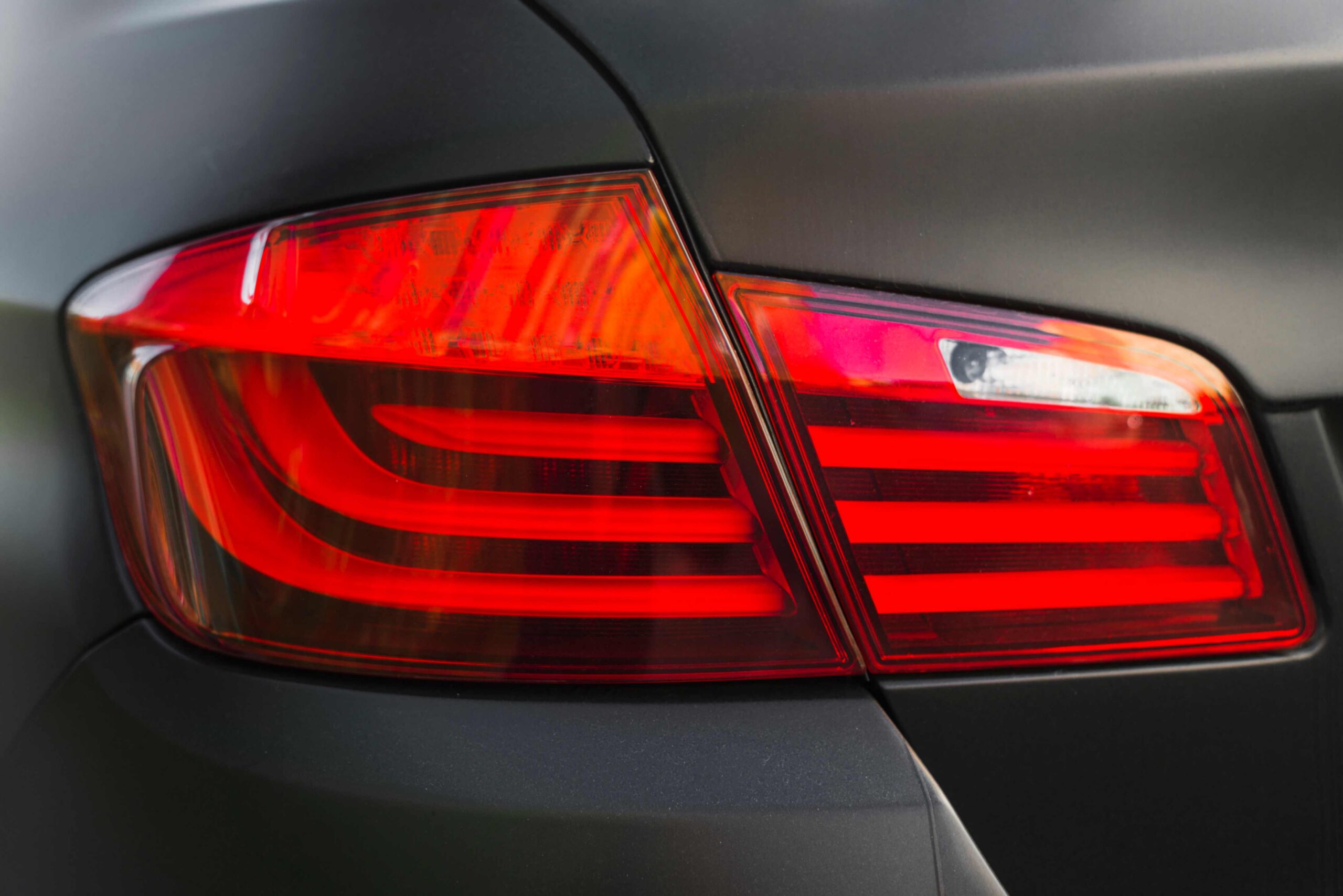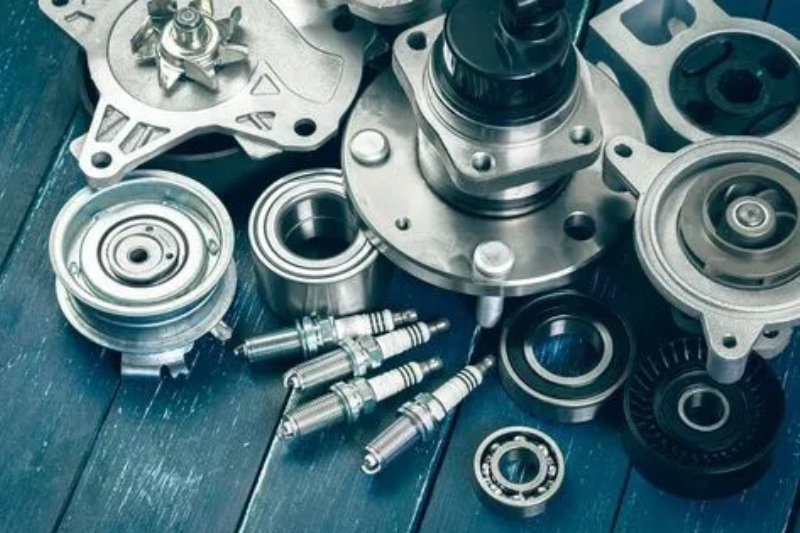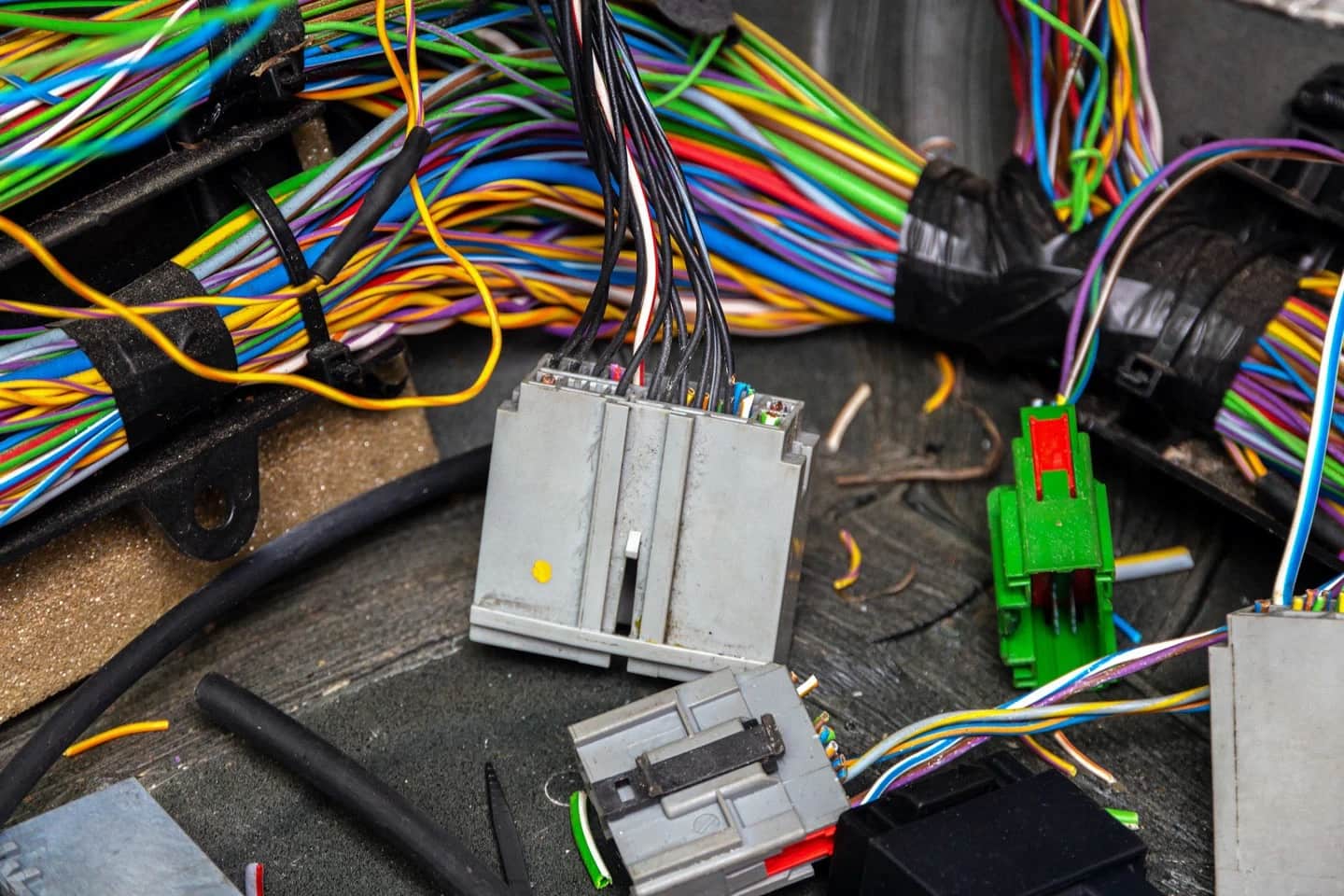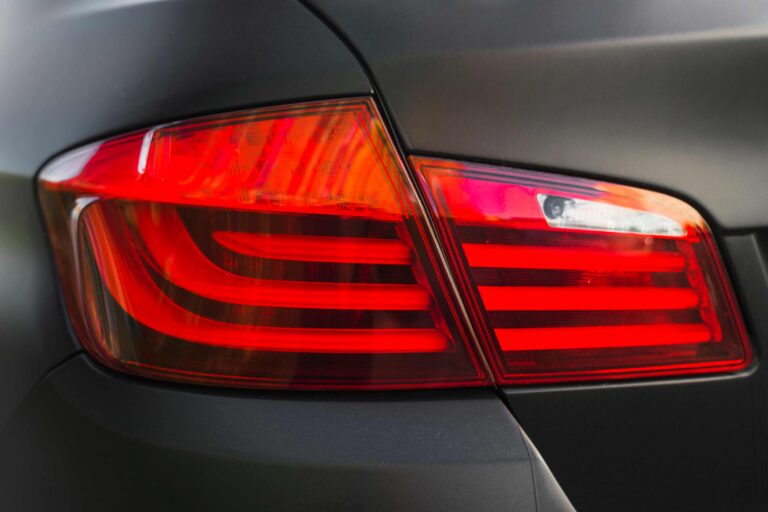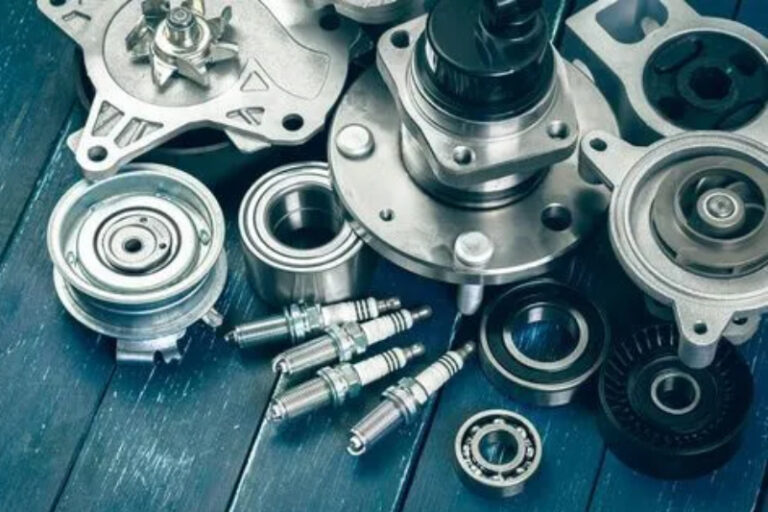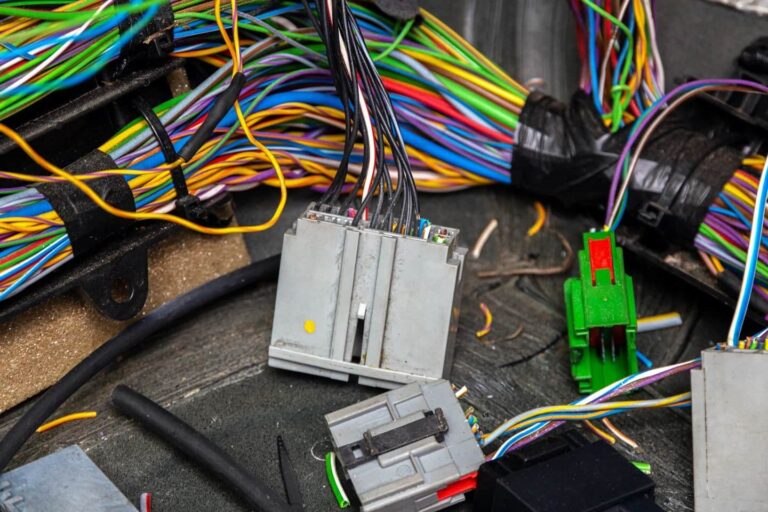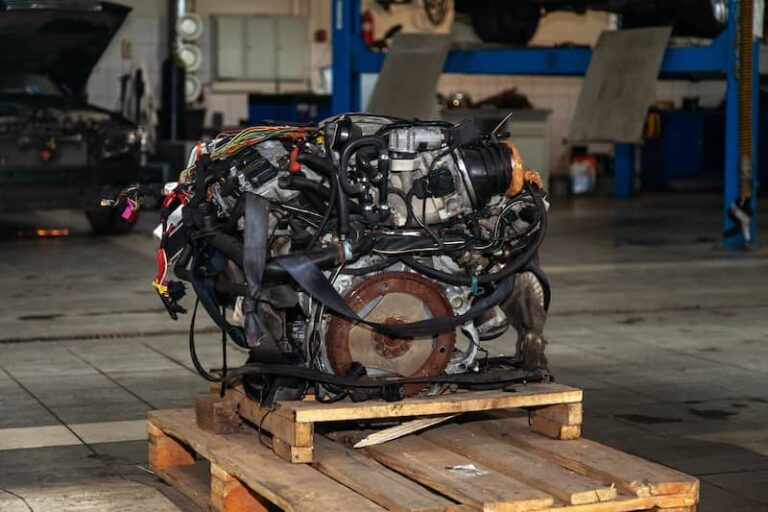When it comes to your vehicle’s steering and suspension system, few components are as important yet as overlooked as the tie rods. These small but powerful parts play a major role in maintaining your car’s steering precision, stability, and overall handling. Without properly functioning tie rods, you’d lose the ability to control your vehicle safely – a serious risk to both you and others on the road.
Despite their size, tie rods bear significant stress every time you drive, especially when you turn your steering wheel. Over time, they can wear out or become damaged due to rough driving conditions, lack of maintenance, or simply regular wear and tear. Recognizing the symptoms of a faulty tie rod early on can help you avoid costly repairs and dangerous situations.
In this article, we’ll dive deep into what tie rods do, what happens when they go bad, and how you can spot the warning signs before it’s too late.
What Is a Tie Rod and Why Is It Important?
A tie rod is a crucial component that connects your vehicle’s steering rack to the steering knuckle on each front wheel. Essentially, it translates the movement of your steering wheel into the physical turning of the tires.
When you turn your steering wheel, the tie rods push and pull the wheels, helping your vehicle change direction smoothly. They also help maintain proper wheel alignment, ensuring even tire wear and stable driving at high speeds.
Each tie rod consists of two main parts:
- Inner tie rod – connects to the steering rack.
- Outer tie rod end – connects to the steering knuckle.
Over time, the joints within the tie rods can loosen due to continuous movement and exposure to dirt, water, and road debris. Once this happens, your vehicle may start showing noticeable symptoms.
1. Vibrations and Shaking in the Steering Wheel
One of the first and most obvious signs of a faulty tie rod is vibration or shaking in the steering wheel. The tie rod helps keep the suspension and steering components firmly in place. When the tie rod end becomes loose or worn out, these components begin to shift slightly out of alignment.
This looseness can cause noticeable vibrations, especially when accelerating or turning. You may also feel the steering wheel shake when driving over uneven terrain or potholes.
As the wear worsens, these vibrations will become more intense, spreading from the steering wheel to the entire front end of the vehicle. Ignoring this issue can quickly lead to more serious steering and alignment problems.
Tip: If you notice persistent vibrations, don’t assume it’s just a tire balancing issue. Always have your tie rods inspected by a professional mechanic.
2. Misalignment or Uneven Tire Wear
Another common symptom of failing tie rods is wheel misalignment. When a tie rod becomes loose or worn out, it allows the wheel angles to shift slightly. This results in poor alignment, meaning your vehicle may no longer track straight down the road.
You might notice that your car pulls to one side even when the steering wheel is centered. This not only makes driving difficult but also causes uneven tire wear, particularly on the inner or outer edges.
Even minor misalignments can lead to significant wear and tear on your tires, forcing you to replace them more frequently.
Regular wheel alignment checks, ideally once a year or every 12,000 miles, can help catch early signs of tie rod wear before they become a bigger issue.
3. Strange Noises While Driving
When your tie rod ends start to fail, you might begin hearing unusual sounds coming from the front of your vehicle. These noises can vary depending on the severity of the wear but often include:
- Clunking or knocking: Occurs when you hit bumps or make sharp turns.
- Squeaking or screeching: Happens when the rubber boot protecting the tie rod end breaks, allowing dirt and debris to enter, which causes friction.
A damaged or cracked tie rod end boot leads to loss of lubrication. Without grease, the metal components rub against each other, producing that distinct squeaking noise.
If you hear repetitive knocking, it means the tie rod is already quite loose and should be replaced immediately to prevent steering failure.
4. Difficulty Steering or Loss of Control
In advanced stages of tie rod failure, you might experience difficulty steering or even temporary loss of control. Steering may feel unusually loose, or you might notice excessive play in the steering wheel.
If the tie rod end fails completely, it can disconnect from the steering knuckle, causing you to lose the ability to steer your vehicle. Fortunately, this usually happens only if early symptoms are ignored for a long time.
Driving with a failing tie rod is extremely dangerous, as it compromises your ability to respond to turns or sudden obstacles. If you feel your steering becoming unresponsive or unstable, stop driving immediately and have your car towed to a repair shop.
Additional Warning Signs of a Bad Tie Rod
While the four major symptoms are the most common, there are a few other indicators you might notice:
- Excessive play in the front wheels when lifted off the ground.
- Clicking or popping sounds while turning the steering wheel.
- Uneven ride height or instability when cornering.
Paying attention to these early warnings can save you from expensive suspension repairs and ensure your safety on the road.
What Happens If You Ignore a Faulty Tie Rod?
A damaged tie rod won’t heal itself – it will only get worse. Ignoring it can lead to:
- Complete steering failure if the rod breaks entirely.
- Increased tire wear, forcing early replacements.
- Severe misalignment, affecting suspension geometry.
- Higher repair costs, since other suspension parts may get damaged too.
A timely repair or replacement of the tie rod end is far more affordable than dealing with the aftermath of a broken suspension system.
How to Check for a Bad Tie Rod
If you suspect your tie rod is failing, you can perform a simple test at home:
- Lift the car safely with a jack and use jack stands.
- Grip the tire at the 3 and 9 o’clock positions.
- Wiggle the tire back and forth.
- If there’s noticeable play or clunking, the tie rod might be loose.
- If there’s noticeable play or clunking, the tie rod might be loose.
- Have a second person turn the steering wheel slightly while you watch the tie rod end for excessive movement.
However, for safety reasons, it’s best to let a professional mechanic confirm the diagnosis. They’ll inspect both the inner and outer tie rods, as well as related suspension components.
How to Fix a Faulty Tie Rod
If diagnosed early, a tie rod end replacement is a fairly straightforward repair. The mechanic will:
- Remove the damaged tie rod.
- Install a new tie rod end.
- Perform a wheel alignment afterward to ensure proper steering geometry.
Replacement costs vary depending on your vehicle make and model, but generally range between $150 and $400, including parts and labor.
Final Thoughts
Your car’s tie rods are vital to maintaining safe and precise steering. When they fail, you risk not only uneven tire wear and steering problems but also complete loss of control while driving. By recognizing symptoms like vibrations, noises, misalignment, and difficult steering, you can take quick action and avoid serious damage.
Regular inspection and timely replacement of worn tie rods can go a long way in keeping your vehicle stable and road-ready. Remember – when it comes to steering safety, it’s always better to fix the small issues before they turn into major ones.
Frequently Asked Questions
Tie rods can last anywhere from 75,000 to 100,000 miles, but this depends on driving conditions, maintenance, and exposure to rough roads or potholes.
It’s not recommended. While you might be able to drive short distances, doing so increases the risk of total steering failure and endangers both you and others.
Symptoms of a bad tie rod can overlap with other suspension issues. A professional mechanic can inspect your control arms, ball joints, and tie rods to pinpoint the exact cause.
Yes. Faulty tie rods can cause wheel misalignment, leading to uneven tire wear and difficulty maintaining a straight driving line.
If a tie rod breaks completely, the wheel connected to it can lose steering control, potentially causing you to lose control of the vehicle – an extremely dangerous situation.


